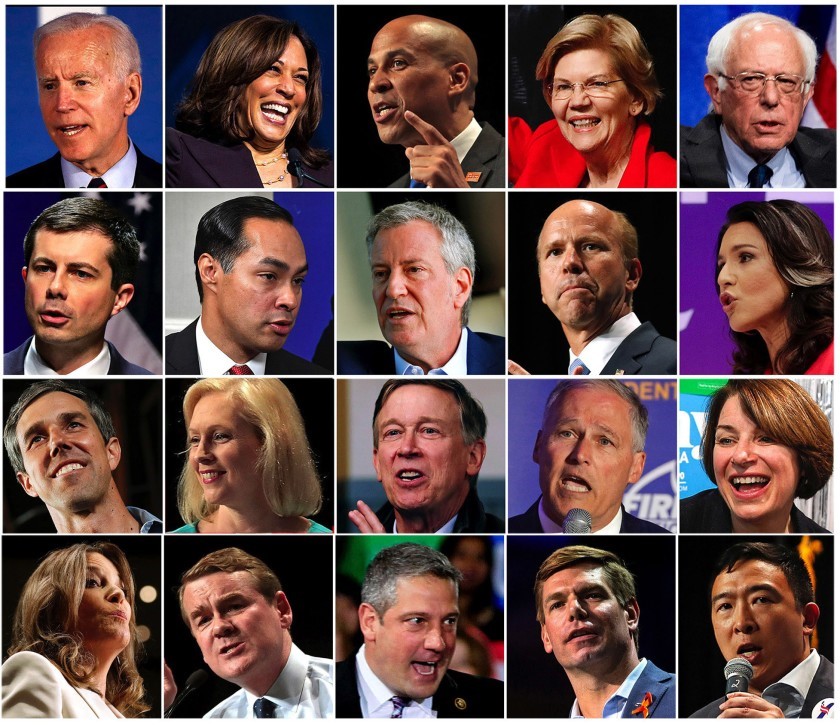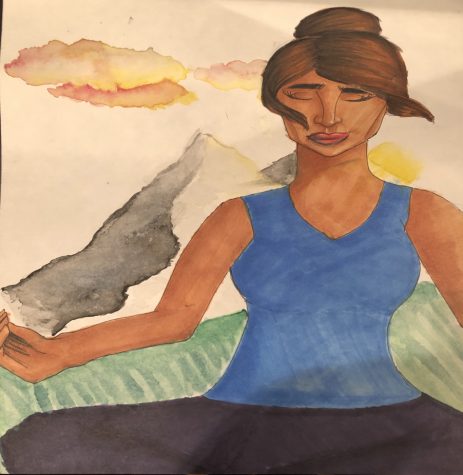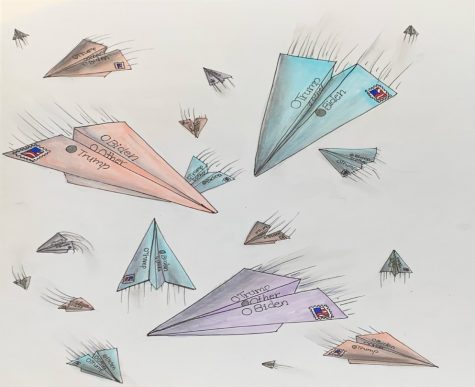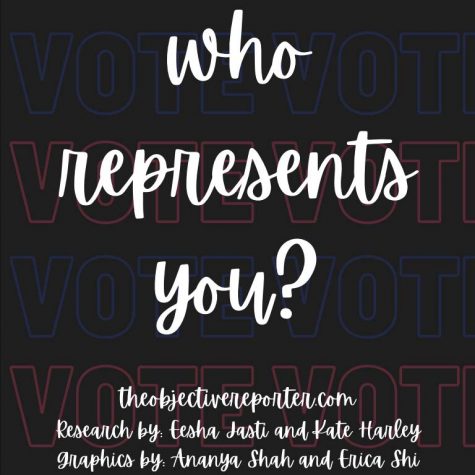John Burroughs Political Analysis
March 11, 2020
A recent poll conducted by The World staff of the political leanings and presidential candidate preferences revealed a polarized student body, not only between self-described liberals and conservatives but within those characterizations as well. While this poll of 213 Burroughs students from all grades may not be fully representative of the student body, it still offers us a chance to feel the pulse of the community. From this poll, we found that Burroughs Democrats are split on who the candidate  best suited to take on President Donald Trump this November is, as 5 candidates received at least 12% support, but not one met 20%. Furthermore, 16% of these students said that they were unsure about which candidate to support. Burroughs Republicans, likewise, were split in perspective, as 34% of them were either unsure as to who they believed their nominee should be or wanted a new Republican standard-bearer all together.
best suited to take on President Donald Trump this November is, as 5 candidates received at least 12% support, but not one met 20%. Furthermore, 16% of these students said that they were unsure about which candidate to support. Burroughs Republicans, likewise, were split in perspective, as 34% of them were either unsure as to who they believed their nominee should be or wanted a new Republican standard-bearer all together.
On the Democratic side, Senator Bernie Sanders of Vermont was the slight favorite among Burroughs liberals, garnering 18.5% support, trailed by former Mayor of South Bend Pete Buttigieg with 16.6% 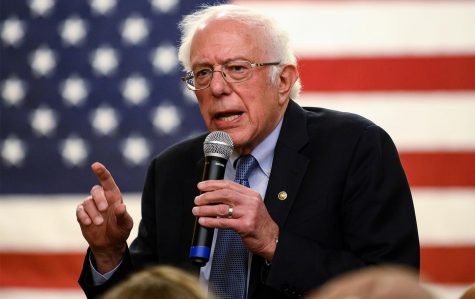 preference. These two (also the front-running finishers in the Iowa caucuses) are followed by Senator Elizabeth Warren (14.6%), entrepreneur and former candidate Andrew Yang (13.4%), and Mayor Mike Bloomberg (12.1%). Former Vice President Joe Biden was a distant sixth with 5.7% support, an unsurprising number, considering that little of Biden’s support comes from the younger generation. Notably, an Iowa poll published by the New York Times and Siena College in November showed that just 2% of voters between the age of 18-34 picked Biden to be their top choice in the coming primary season.
preference. These two (also the front-running finishers in the Iowa caucuses) are followed by Senator Elizabeth Warren (14.6%), entrepreneur and former candidate Andrew Yang (13.4%), and Mayor Mike Bloomberg (12.1%). Former Vice President Joe Biden was a distant sixth with 5.7% support, an unsurprising number, considering that little of Biden’s support comes from the younger generation. Notably, an Iowa poll published by the New York Times and Siena College in November showed that just 2% of voters between the age of 18-34 picked Biden to be their top choice in the coming primary season.
However, as observers have seen play out in the race as a whole, different candidates have distinct bases of support and that notion is evident in this JBS poll. A vast amount of Senator Warren’s support comes from Burroughs females (25%), even while 3.7% of their male counterparts said the same. This 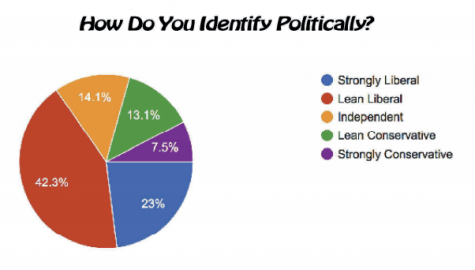 breaks down ideologically too, as progressive frontrunners Sanders and Warren drew a combined 52.1% of the vote from those describing themselves as “strongly liberal,” but managed just 24.8% from those described as “lean liberal” or “independent.”
breaks down ideologically too, as progressive frontrunners Sanders and Warren drew a combined 52.1% of the vote from those describing themselves as “strongly liberal,” but managed just 24.8% from those described as “lean liberal” or “independent.”
Trends that matched the national averages appeared along racial lines as well. Much has been made of Buttigieg’s lack of popularity in the African American community, which played out in this poll as well, as he garnered just 4.5% support from Burroughs students describing themselves as “black” or “mixed.” In contrast to that, however, Buttigieg polled very strongly among white liberals, with 21.5% support.
Those identifying as East Asian rejected the frontrunners, supporting Andrew Yang with 37.5% of the vote. Despite dropping out after a poor showing in New Hampshire, Yang ran the most successful campaign by an Asian in American history, going from a nobody to qualifying for nearly every debate in the early election season and gaining a passionate group of supporters.
Ultimately, with this race still in its early stages, a vast portion of the Burroughs community is still undecided. 16.6% of liberal respondents said they were still unsure as to whom they should support in the primary, meaning that, at Burroughs as well as nationally, the race remains’ wide open.
On the other side of the political spectrum, President Donald Trump is the favorite of most Republicans, but a growing coalition of right-wingers disapprove of his actions. While 69.7% of self-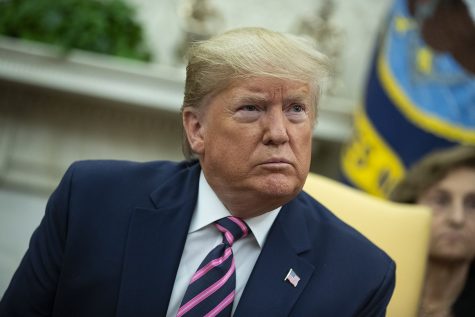 identifying conservatives say they approve of the job that Trump is doing, that number is considerably lower than the 94% of Republican support he has nationwide, according to a recent Gallup Poll. However, less than 7% of Burroughs Republicans believed it was the right decision for the US House of Representatives to impeach him over his handling of affairs in Ukraine.
identifying conservatives say they approve of the job that Trump is doing, that number is considerably lower than the 94% of Republican support he has nationwide, according to a recent Gallup Poll. However, less than 7% of Burroughs Republicans believed it was the right decision for the US House of Representatives to impeach him over his handling of affairs in Ukraine.
Overall, the Burroughs student body remains left of center, as 65.3% of students identified as either “strongly liberal” or “lean liberal,” while 20.7% said they were “strongly conservative,” and the remaining 14% called themselves “independents.” All top polling Democratic candidates defeated Trump in a hypothetical matchup, with margins ranging from 39.9 percentage points (Warren) to 54.5 points (Buttigieg). However, neither the liberal nor the conservative factions of the school are homogenous as we head towards the 2020 Presidential Election.
